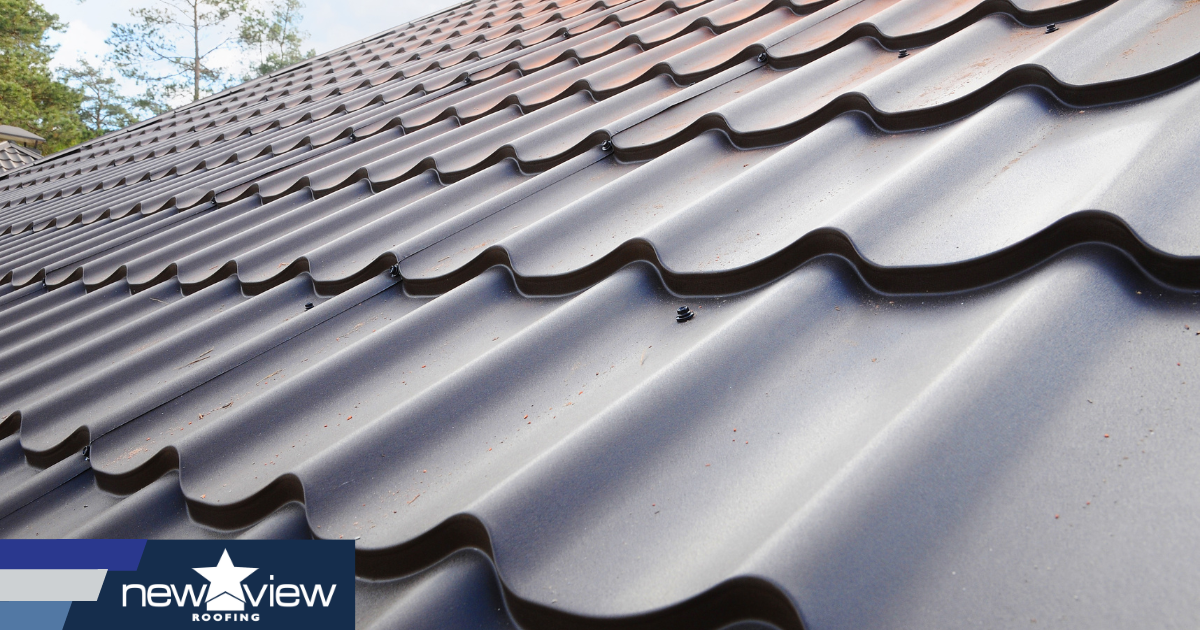Important Questions to Ask Gainesville Roofing Companies Prior To Working With
Important Questions to Ask Gainesville Roofing Companies Prior To Working With
Blog Article
Ideal Practices for Ensuring Correct Roofing Air Flow
A balanced intake and exhaust air vent ratio, generally 1:300, plays an essential duty, with intake vents preferably placed at the reduced edge of the roof for cool air entrance and exhaust vents at the peak for cozy air leave. Maintaining insulation away from vents is essential to prevent air movement limitation.
Understand Air Flow Essentials
Appropriately recognizing ventilation fundamentals is necessary for ensuring the longevity and efficiency of roof covering systems. Efficient air flow mitigates wetness accumulation and temperature level extremes in the attic, both of which can bring about considerable structural damages over time. A well-ventilated roof covering aids in preventing common issues such as mold growth, timber rot, and ice dams, which can compromise the honesty of the roof materials and the underlying frameworks.
The key goal of air flow is to assist in the activity of air, permitting a regular exchange in between the indoor and outdoor atmospheres. This equilibrium is attained with a combination of intake and exhaust vents that function together to preserve optimum air movement. Consumption vents, typically located along the eaves or soffits, permit fresh air to go into the attic room, while exhaust vents, usually situated at or near the roof ridge, allow warm, humid air to escape.
Trick elements affecting the performance of roof ventilation consist of appropriate placement, sufficient sizing, and ensuring that both consumption and exhaust vents are unobstructed. Routine evaluation and upkeep are crucial to recognize possible blockages, damage, or ineffectiveness in the air flow system, therefore guarding the roof's performance and resilience.
Kinds of Roofing System Vents
Roofing system vents play a vital function in maintaining effective attic room ventilation and, by extension, the overall health and wellness of the roof covering system. Numerous types of roofing system vents are readily available, each with special benefits customized to details roof demands.

Soffit vents are mounted under the eaves and job in tandem with roof covering vents to guarantee a well balanced consumption and exhaust system. By enabling cooler air to go into from below, soffit vents help with the expulsion of warm air via top vents. Gable vents, located on the exterior walls of the attic, deal an additional efficient solution, specifically in homes with gable roofings.
Analyze Your Current Air Flow

Following, take into consideration the age and condition of your roof covering products and air flow components. Older systems may not follow present building regulations or might have worn away gradually, decreasing their performance. Conduct a comprehensive evaluation to recognize any indicators of wear and tear, such as corrosion, damage, or voids that can endanger the system's performance.
Furthermore, gauge the attic temperature level and humidity levels. High temperatures and humidity can indicate insufficient air flow - gainesville fl roofing companies. Make use of a hygrometer and thermostat to obtain accurate analyses, contrasting them check out here with outdoor conditions. Consistent inconsistencies suggest possible issues that require attending to.
Setup Best Practices
Reliable installment of roof covering air flow systems is extremely important for guaranteeing optimum efficiency and long life. Appropriate installment starts with recognizing the specific air flow requirements of the building and the roof covering it covers. This involves determining the appropriate proportion of intake to wear down vents, generally sticking to the 1:300 guideline, which stipulates one square foot of air flow for every 300 square feet of attic room flooring area.

The positioning of vents is similarly essential. Intake vents need to be set up at the roof's reduced edge, frequently in the soffits, to enable trendy air to enter. Exhaust vents, on the other hand, ought to be set up near or at the roof's top to help with the departure of warm, wet air. This develops an all-natural air movement that helps keep temperature level and dampness equilibrium within the attic room.
Seal all air vent connections carefully to avoid air leaks and possible water seepage. Usage top notch products and comply with manufacturer guidelines to make certain longevity and effectiveness. Additionally, integrating ridge vents with baffles can considerably enhance air flow effectiveness by preventing wind-driven rain and snow from going into the attic room.
Ultimately, accurate setup of roof ventilation systems reduces possible problems such as mold development, ice dams, and architectural damages, guaranteeing the roofing's integrity and the building's general health.
Regular Maintenance Tips
Uniformity in maintenance techniques is essential to making certain the lasting effectiveness of roof air flow systems. Routine inspections are essential, ideally carried out biannually-- in the spring and loss. During these assessments, make certain that vents are devoid of particles, nests, and various other obstructions that can hamper airflow. Check for any type of indicators of wetness buildup or mold, as these can indicate inappropriate ventilation or leakages (roofing companies).
Use a soft brush or a vacuum to eliminate dirt and debris from consumption and exhaust vents. Be careful not to damage the air vent screens or louvers throughout the procedure.
Correct insulation is just as vital. Ensure that attic room insulation does not block the vents, as this can badly limit airflow. Rearrange or change it to maintain an efficient barrier. if any kind of insulation has moved or settled.
Finally, change any kind of harmed or missing parts promptly. Damaged vents, fractured tiles, or scrubby flashing can all contribute to insufficient ventilation and must be More Info resolved immediately. Routine maintenance ensures that the roofing ventilation system works efficiently, consequently expanding the life expectancy of the roofing system itself.
Final Thought
Ensuring appropriate roof covering ventilation is vital for maintaining the efficiency and durability of a roof system. Adherence to the 1:300 intake and exhaust air vent ratio, coupled with the critical placement of vents, is important.
A well balanced consumption and exhaust vent proportion, typically 1:300, plays a pivotal duty, with consumption vents ideally placed at the lower edge of the roofing for great sites air entry and exhaust vents at the optimal for warm air exit. Consumption vents, typically located along the eaves or soffits, permit fresh air to enter the attic room room, while exhaust vents, commonly located at or near the roof ridge, make it possible for hot, moist air to run away.
Soffit vents are set up under the eaves and work in tandem with roof vents to ensure a well balanced intake and exhaust system. By permitting cooler air to get in from below, soffit vents assist in the expulsion of warm air through upper vents. Adherence to the 1:300 intake and exhaust vent ratio, paired with the critical positioning of vents, is necessary.
Report this page